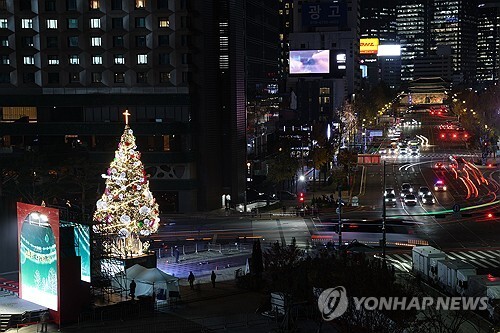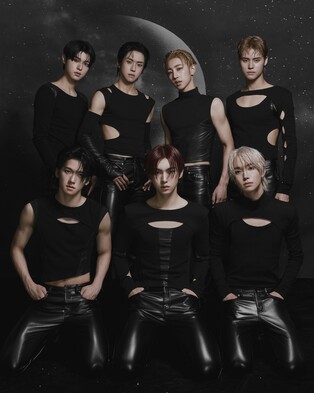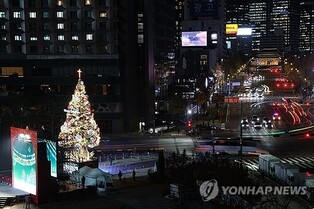by Hwakjin Ra / Haemin Kim
[ENG] A word referring to Cho-bok, Jung-bok, and Mal-bok
 |
| ▲ This photo, shows people during the hot summer of South Korea. (Yonhap) |
 |
| ▲ This photo, shows two men trying to cool down the heat. (Yonhap) |
Sambok refers to the three Bok-nal (hottest days of the year), namely Cho-bok (Early Hot Day), Jung-bok (Middle Hot Day), and Mal-bok (Late Hot Day). Sam-bok is also used as a word to mean "the hottest period of summer" as it falls between June and July on the lunar calendar, and between Soseo (around July 8), where it literally means the Day of Minor or Lesser Heat, and Cheoseo (around August 23), when the sun reaches the celestial longitude of 150 degrees in the solar calendar.
According to the National Folk Museum of Korea's dictionary of Korean customs, Bok-nal is referred from the Chinese characters "Bok (伏)" which means a person lying down like a dog and "Guem (金, metal)" of autumn, symbolizing a dog lying down submissively, as a metaphor for how the intensity of summer overpowers the cool energy of the incoming autumn. It was called Sam-bok with the use of the Chinese character "Bok" which means "Autumn giving in to the fire of summer three times."
Traditionally, the days are counted according to the ten calendar signs (Cheon-gan), and according to this system, Cho-bok is the third day of Gyeong (庚, seventh day of Cheon-gan) from the summer solstice, while Jung-bok is the fourth day of Gyeong and Mal-bok is the first day of Gyeong after Ib-chu (start of autumn). For this reason, it is also known as Sam Gyung-il.
Gyeong-il is said to have been referred for Bok-nal because Gyeong (庚) is viewed as Guem (金, metal) among the the five primary substances (metal, wood, water, fire, earth). Seasonally, it also symbolizes autumn, which is why it was chosen as Bok-nal. It also means to overcome heat.
Cho-bok and jung-bok are 10 days apart, while jung-bok and mal-bok is 10 or 20 days apart. This year, cho-bok is on July 16, jung-bok is on July 26, and mal-bok is on August 15.
◇Customs of Sam-bok
 |
| ▲ This photo, shows three kids having fun to in the water streams to escape the heat. (Yonhap) |
 |
| ▲ This photo, shows people playing in the water streams. (Yonhap) |
It is said that during Sam-bok, people used to prepare alcohol and food to escape the heat of the day, while also visiting water streams or the top of the mountains to play.
 |
| ▲ This photo, shows Samgyetang. (Yonhap) |
 |
| ▲ This photo, shows people waiting in line to eat Samgyetang ahead of Cho-bok. (Yonhap) |
 |
| ▲ This photo, shows red bean porridge being sold in a market. (Yonhap) |
According to Doosan Encyclopedia, it is said that in the old days, the royal court gave ice creams to high-ranking officials and distributed ice at the Jangbingo inside the palace. Ordinary citizens, on the other hand, is said to have Samgyetang (Korean ginseng chicken soup) and Gutang (Bosintang, dog meat soup) to protect themselves from the heat on Bok-nal. Although, bosintang is only eaten by a small number of people today, Samgyetang has become a popular food with long lines in front of Samgyetang restaurants especially on bok-nal. There are also some eating red bean porridge as it is said that red bean porridge helps overcome the exhaustion of the heat while not getting sick.
 |
| ▲ This photo, shows a man and a woman posing with Chamoe (Korean melon). (Yonhap) |
Eating fresh fruits such as watermelon and Chamoe (Korean melon) is another typical custom of Sam-bok, with people usually gifting watermelons to neighbors.
During the old days, rice cakes and jeon (Korean pancakes) were also prepared to the rice fields in order to pray for good farming. Planting seeds, traveling, getting married, and treating diseases, on the other hand, were things that they tried to refrain.
◇ Hotels, restaurants, and convenience stores on healthy food competition
 |
| ▲ This photo, provided by the Westin Chosun, shows The Westin Chosun Busan. (PHOTO NOT FOR SALE) (Yonhap) |
 |
| ▲ This photo, provided by the Grand Walkerhill Seoul, shows the "Ondal Haesin-tang." |
Hotels and restaurants sometimes offer special health menus ahead of bok-nal. This year, Sheobul, a Korean restaurant at The Westin Chosun Busan, is offering "Nokdu (mung bean) Samgyetang" and "Wang Galbi-tang (beef short ribs soup) Bansang (structure of a traditional Korean meal)" while "Ondal," a Korean restaurant at the Grand Walkerhill Seoul offers "Ondal Haesin-tang (chicken and seafood soup) Bansang," "Gaet Jangeo-tang (pike eel stew)" Bansang," and "Nokdu (mung bean) Samgyetang" for the weekday promotion of "Ondal Summer Escape."
Myeongwolgwan, a restaurant specializing in Korean beef charcoal-grill at the Grand Walkerhill, introduces "Sam Samtang" as the special nourishing menu. Samsamtang is a dish made by adding wild abalone, wild octopus, and ginseng to galbi-tang.
Bongraeheon in Mayfield Hotel Seoul will be offering "abalone Imjasu-tang (chilled chicken soup)" as a weekday lunch special until August 31. It is a dish eaten with boiled chicken and abalone with medicinal herbs such as spiny hornwort, astragalus, wild celery and jujube, garnished with ginkgo, pear, and cucumber, along with a broth of finely ground Gapyeong pine nuts and sesame seeds.
 |
| ▲ This photo, provided by the Chosun Hotel and Resort, shows the "Ogok bread." (PHOTO NOT FOR SALE) (Yonhap) |
The Westin Chosun Seoul's Chosun Deli is also launching "Ogok (five Grain Sambok Bread) bread." The Ogok bread, which is made to resemble baeksuk (boiled chicken) is chewy and soft with ingredients including natural yeast, brown rice, and sunflower seeds. One will also be able to enjoy the fried chicken-like crispy texture as the bread is coated with bread crumbs. This bread is sold only on the day of Cho-buk and the day before (July 15-16), jung-bok (July 26) and August 12-13, ahead of mal-bok (August 15), in limited quantities.
 |
| ▲ This photo, provided by Wando county, shows Wando abalones. (PHOTO NOT FOR SALE) (Yonhap) |
Since 2014, Wando county, South Jeolla province have been encouraging consumers to eat abalone around Sambok every year and has been holding an event called "Abalone on Bok-nal, Abalone Day."
This year, Wando county will also be holding an "Abalone on Bok-nal" event through the online shopping mall of "Wandogun" by offering discounts and free shipping for abalones until August 12.
Convenience stores including 7-Eleven, e-Mart 24, and CU are also launching various health foods such as duck meat, freshwater eel, chicken porridge, and abalone porridge as limited products, and is also holding 1+1 events.
◇ Dog meat controversy continues... consumption greatly reduced
 |
| ▲ This photo, shows people going against dog meat. (Yonhap) |
Back then, as bosin-tang (dog meat soup) was the representative food of Bok Day, there were frequent rallies demanding a ban on eating dog meat ahead of Sambok.
In July 2019, Hollywood star Kim Basinger, along with then-Minjoo Party lawmaker Pyo Chang-won and animal rights groups, participated in a rally urging people to ban dog meat.
 |
| ▲ This photo, shows first lady Kim Geon-hee, along with President Yoon Suk-yeol. (Yonhap) |
Recently, First lady Kim Geon-hee, the spouse of President Yoon Suk-yeol, insisted on ending dog meat in an interview with the Seoul newspaper in June.
However, since the 1990s in Korea, the culture of eating dog meat has rapidly disappeared, and it has now become a favorite food for only a small number of elderly people.
According to the results of a 2019 Gallup Korea survey of 1,500 citizens nationwide, 71.9% of the respondents said they had no intention of eating dog meat, and only 13.7% of the citizens said that they would. 46% of the respondents said they had never eaten dog meat, 41.8% said they ate dog meat only in the past, and 12.2% said they still eat it these days. In fact, according to the Korean government statistics, the number of bosintang restaurants decreased by 40% between 2005 and 2014.
(END)
(C) Yonhap News Agency. All Rights Reserved



















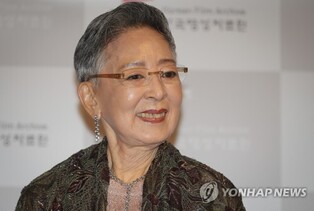

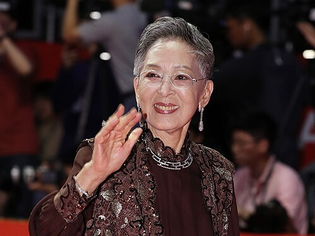
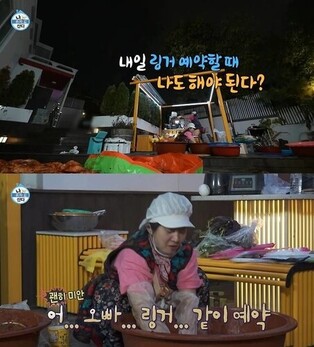
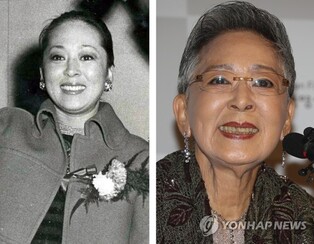
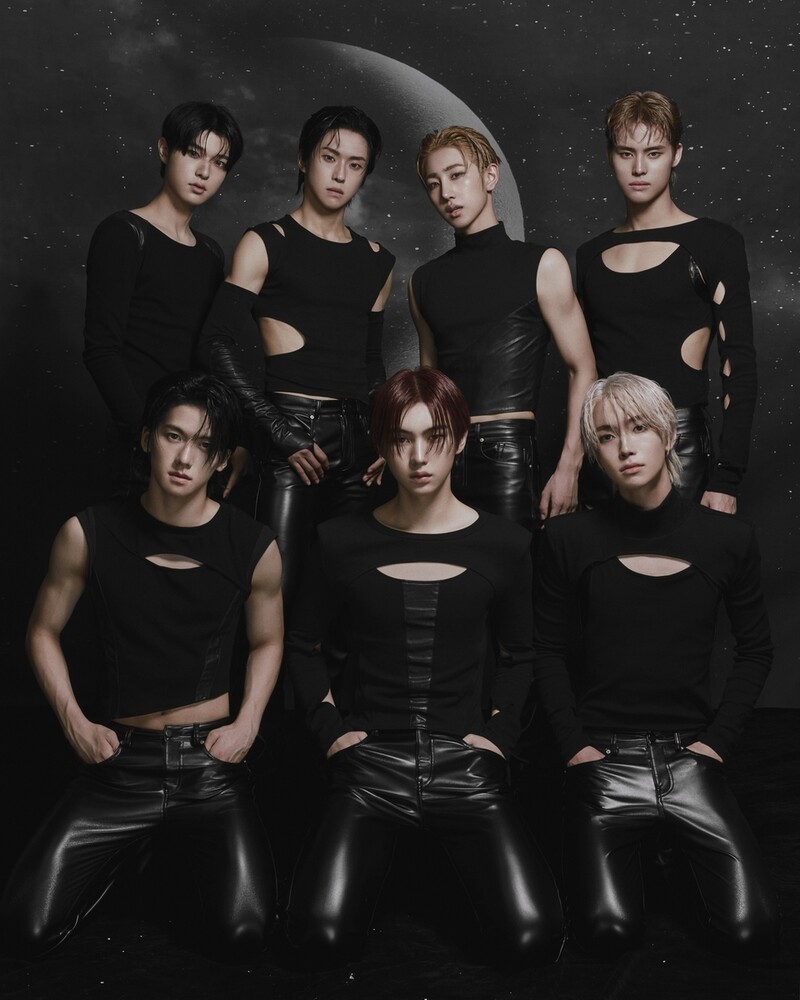
![[가요소식] 지코, 요아소비 이쿠라와 신곡](/news/data/20251212/yna1065624915953509_920_h2.jpg)
